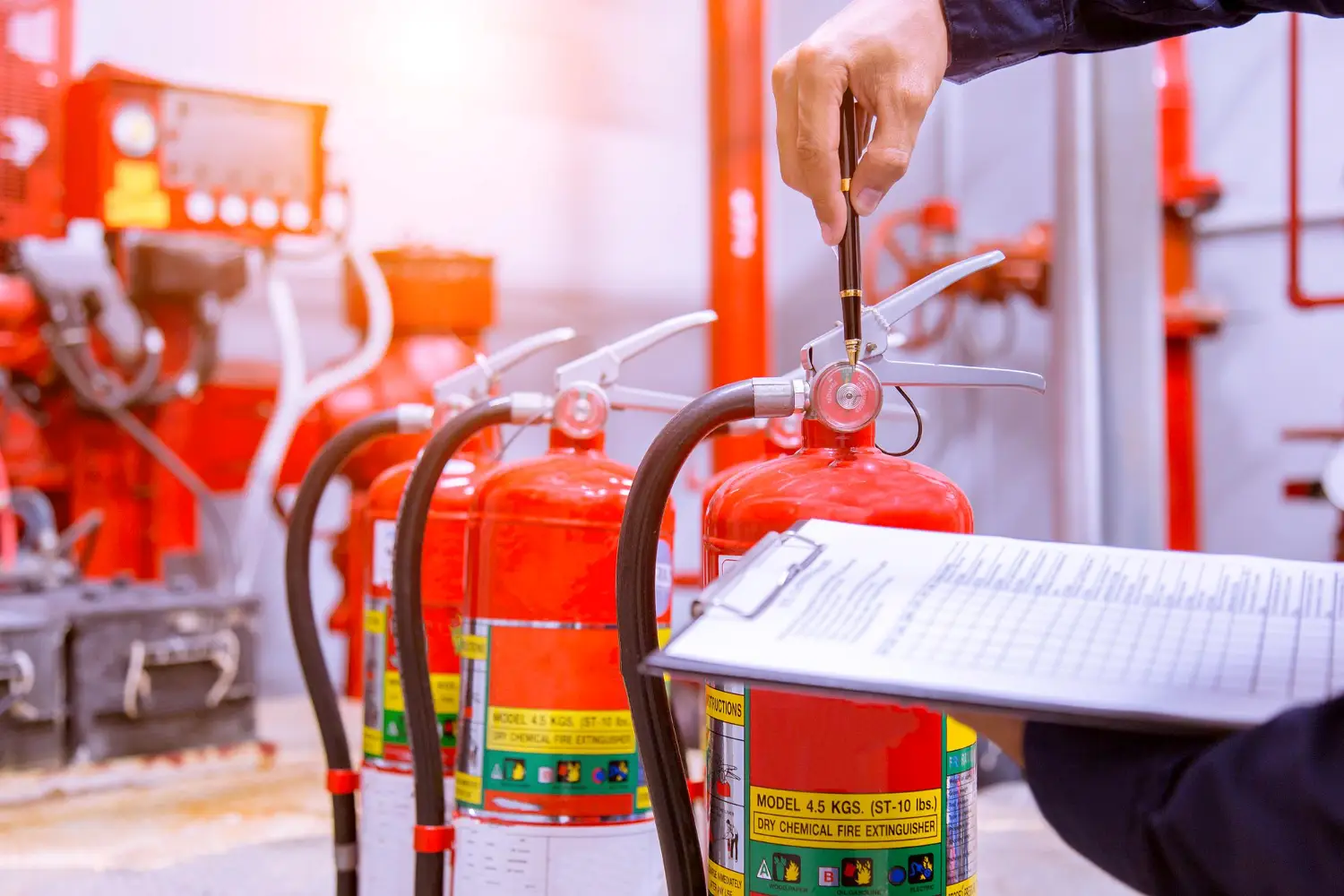What is a Bladder Bag?


The bladder bag, a crucial tool in the field of fire investigation and firefighting, is a portable water container used for extinguishing small fires and cooling hot spots. Fire investigators often find themselves in situations where they need to quickly suppress a fire or cool down a hot spot to prevent flare-ups. The bladder bag, with its portability and ease of use, becomes a valuable asset in these situations.
In this guide, we’ll provide you with a detailed understanding of bladder bags, their construction, usage, and importance in fire investigation.
The bladder bag is typically made from a durable, heat-resistant material such as vinyl or neoprene. This material is chosen for its ability to withstand high temperatures and resist punctures, ensuring the longevity of the bag.
The bag is designed with a collapsible bladder that can hold a significant amount of water, typically around five gallons. This bladder is encased in a protective shell that helps to maintain the bag's shape and protect the bladder from damage.
Components of a Bladder Bag
The bladder bag is composed of several components, each playing an important role in its functionality. The main components include the bladder, the shell, the pump, and the hose.
The bladder is the part of the bag that holds the water. It is made from a flexible material that allows it to expand and contract as water is added or removed. The shell is the outer casing that protects the bladder and gives the bag its shape.
Design Features of a Bladder Bag
The design of a bladder bag is focused on functionality and ease of use. The bag is typically designed with a wide mouth for easy filling and a secure closure to prevent leaks. The pump is usually hand-operated, allowing the user to control the flow of water.
Many bladder bags also feature adjustable straps for carrying, making them easy to transport even when full. Some designs also include a pressure relief valve to prevent over-inflation of the bladder.
The bladder bag is used by filling it with water and then spraying the water with the hand-operated pump. Depending on the design and the user's preference, the bag can be carried on the back or held in the hand.
The bladder bag is particularly useful in situations where a traditional fire hose is not available or practical. It allows you to quickly and efficiently suppress small fires or cool down hot spots, preventing the fire from spreading further.
Advantages of Using a Bladder Bag
One of the main advantages of using a bladder bag is its portability. The bag can be easily carried to the site of a fire, allowing for quick response times. Additionally, the bag's capacity allows you to carry a significant amount of water, making it an effective tool for fire suppression.
Another advantage is the ease of use. The hand-operated pump allows the user to control the flow of water, making it easier to target specific areas. This can be particularly useful when trying to cool down hot spots or suppress small fires.
Limitations of a Bladder Bag
While the bladder bag is a valuable tool in fire investigation, it does have some limitations. The bag's capacity, while significant, is still limited. This means that it may not be suitable for larger fires or situations where a continuous water supply is needed.
Additionally, the bag requires manual operation. This can be physically demanding, particularly in situations where the bag needs to be used for an extended period of time. Despite these limitations, the bladder bag remains a helpful tool for firefighters and fire investigators.
While bladder bags are typically used by firefighters, they can also be handy during fire investigations. It allows investigators to quickly suppress small fires or cool down hot spots, preventing further spread of the fire. This can be particularly important in preserving evidence and preventing further damage to the scene.
The bladder bag's portability and ease of use make it a valuable tool for investigators. It can be easily transported to the scene and used to quickly and efficiently suppress fires, making it a vital part of any fire investigator's toolkit.
Bladder Bag Maintenance
Like any tool, a bladder bag requires regular maintenance to ensure its longevity and effectiveness. This includes regular cleaning to prevent the buildup of debris and bacteria, as well as regular inspection for any signs of damage or wear.
It's also important to ensure that the bag is properly stored when not in use. This includes draining any remaining water and storing the bag in a cool, dry place. Proper maintenance can significantly extend the life of a bladder bag and ensure its effectiveness when needed.
Training for Using a Bladder Bag
While the bladder bag is relatively simple to use, training is still important to ensure its effective and safe use. This includes understanding how to properly fill and operate the bag, as well as how to effectively target fires or hot spots.
Training also includes understanding the limitations of the bladder bag and knowing when it may not be the most effective tool for the job. With proper training, a fire investigator can make the most of this valuable tool.
The bladder bag's portability, ease of use, and effectiveness in suppressing small fires and cooling hot spots make it a valuable asset for any fire investigator.
Despite its limitations, with proper maintenance and training, the bladder bag can significantly aid in the investigation process, helping to preserve evidence and prevent further damage to the scene.
Trusted by Public and Private Investigator Teams Everywhere
Whether you're a big state agency, a small local fire department or somewhere in between, Blazestack software (NFPA 921® & CJIS compliant) collects fire scene data and generates standardized origin and cause reports in a fraction of the time of other methods.
To learn more about Blazestack, give us a call at (866) 303-4344 or email us at support@blazestack.com
Get Your Free 14-Day Trial and Custom Price Quote Now
We'll let Blazestack do the talking. Try it out right now for free.
A member of our staff will be in touch shortly.


